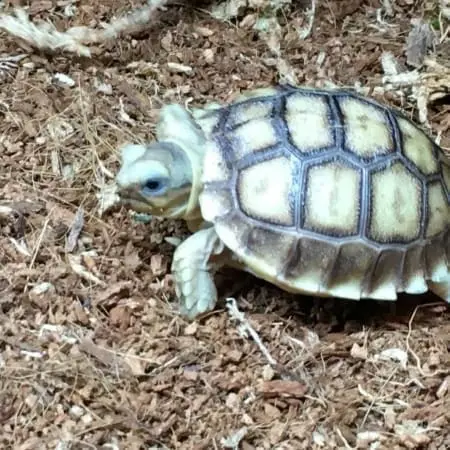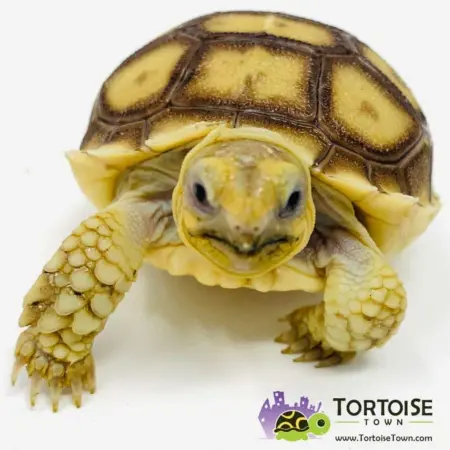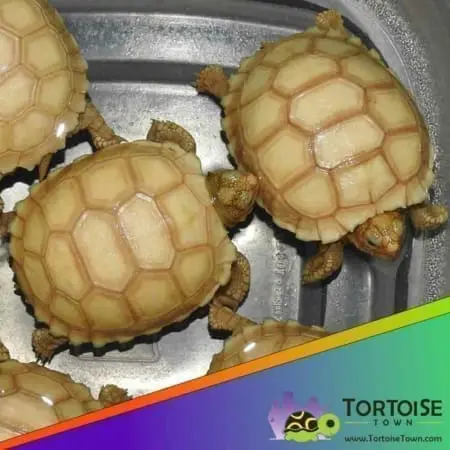The Baby Sulcata Care Handbook

Why Routines Matter
Baby Sulcatas thrive on predictability. Consistent heat, bright light, and fiber-rich food fuel steady growth. If you’re scanning the web for sulcata for sale or reviewing listings for sulcata tortoises for sale, build your care calendar now so you can hit the ground running on day one.
Daily baby Sulcata tortoise Checklist
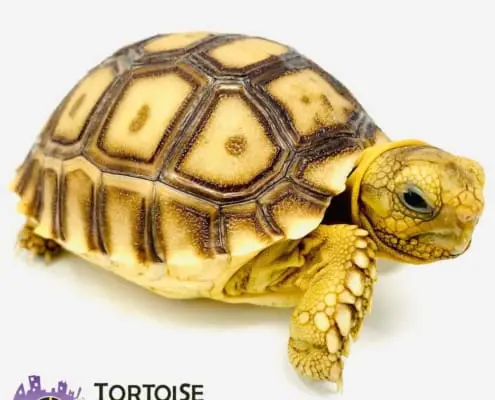
- Lights & Heat: On at wake-up; check basking surface (~95–100°F). Confirm ambient gradients with a probe thermometer.
- Water & Soak: Refresh the dish. Provide a 10–15 minute warm soak for babies, then allow a full warm-up under lights.
- Feeding: Offer fresh grasses, weeds, and dark leafy greens on a clean slate. Remove leftovers in the evening.
- Humidity: Mist the enclosure walls or add moisture to substrate corners to maintain a stable 55–65% for hatchlings.
- Spot-Clean: Remove feces or soiled substrate to keep the surface hygienic.
Weekly Rhythm
- Deep Clean Zones: Replace a portion of the substrate; scrub the water dish and feeding slate.
- Supplements: Dust calcium 3–4x weekly for babies and a multivitamin once weekly.
- Weight & Growth: Record body weight and straight carapace length. Healthy babies gain gradually with strong appetites.
- Enrichment Refresh: Rotate hides, add edible grass trays, and vary textures to encourage exploration.
Monthly Tasks
Inspect lighting output and replace UVB bulbs per manufacturer guidance. Review your temperature gradients as seasons change. If your baby is ready for supervised outdoor time, build a small secure pen with shade, a water tray, and pesticide-free grazing. Natural sunlight is powerful—short, safe sessions go a long way.
Feeding Framework
Think “grazer.” The foundation is high-fiber grasses and weeds. Add calcium-rich greens and a small portion of soaked, timothy-based tortoise pellets as a supplement. Avoid oxalate-heavy greens every day; rotate choices to keep nutrients balanced. Keep treats rare; fruits are not necessary and can disrupt gut balance in young tortoises.
Hydration and Shell Development
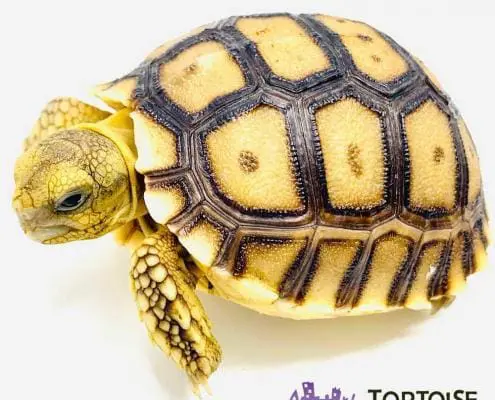
Smooth shell growth in babies is a hydration story: warm soaks, a humid hide, and stable warmth. Maintain ventilation so humidity doesn’t become stagnant. After a soak, let your tortoise bask and fully dry to reduce shell surface softness before bedtime.
Choosing a Healthy Baby
When comparing sources that list sulcata tortoises for sale, choose a captive-bred baby that is feeding, alert, and already familiar with UVB lighting. Clear eyes, smooth breathing, and strong activity are positive signs. To see a reputable option, visit this page: sulcata tortoise for sale. For a broader catalog and care info across species, explore tortoise for sale.
Scaling Up as They Grow baby Sulcata tortoise to adults
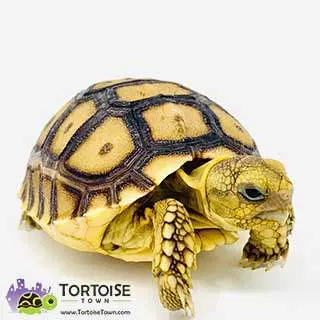
As months pass, your Sulcata will want more space. Upgrade enclosure size, widen basking zones, and strengthen barriers. Outdoors, think dig-proof perimeter edges and sturdy walls—adult Sulcatas are talented excavators.
Quick Troubleshooting
- Poor appetite: Recheck basking temp and UVB; ensure daytime brightness encourages grazing.
- Listless behavior: Verify overnight lows aren’t dropping too far; review hydration and soak routine.
- Uneven shell growth: Support with consistent humidity, hydration, and balanced diet.
Summary
Reliable routines are the backbone of baby Sulcata success. Warmth, bright light, hydration, and fiber-rich food—repeat daily, adjust seasonally, and your tortoise will thrive for decades.

